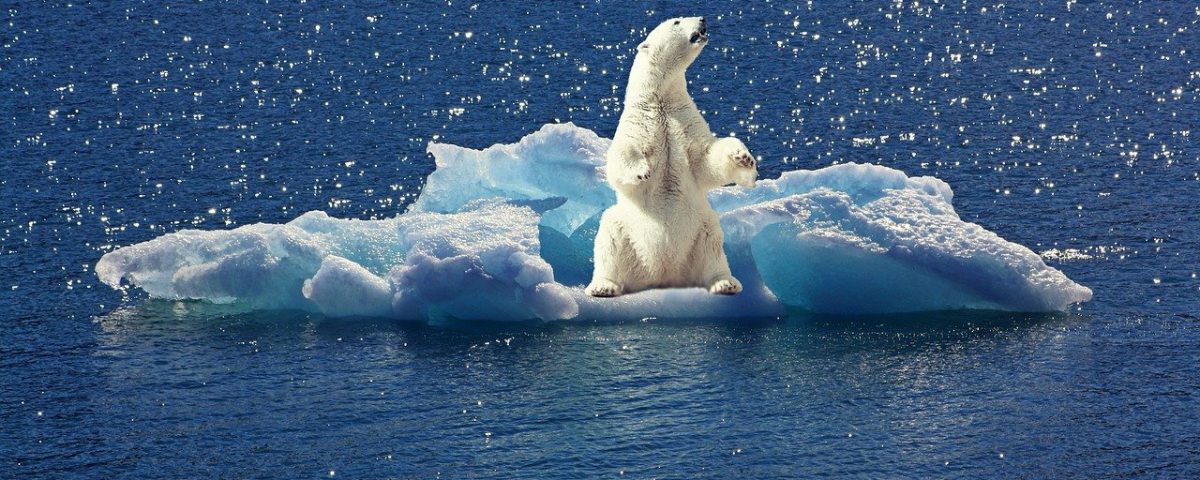What are the main causes of melting ice at the poles?
Esta entrada también está disponible en:  Spanish
Spanish
During the last few years our planet is experiencing an accelerated increase in temperature, which affects both the adaptation of living beings and the very physical geography of the Earth. Scientists and experts from all over the world are trying to determine what are the causes of phenomena such as the melting of ice at the poles.
Melting ice at the poles
It is a proven fact that the polluting action of human activity is the determining factor in explaining the accelerated increase in temperature on Earth. Scientific and technological advances allow us to use alternative energies that can slow down the impact of our activity on the planet.
The greenhouse effect is a natural process derived from the concentration of carbon dioxide in the atmosphere. Although it is not the only agent involved in the greenhouse effect, it is the most studied due to its increase in the atmosphere since the Industrial Revolution and its relationship with the so-called “global warming”.
Although the scientific consensus is not complete, everything seems to indicate that the addition of pollutants to the atmosphere, especially huge amounts of carbon dioxide, are, to a large extent, the main reason for the accelerated temperature increase caused by, among other things, the melting of the poles.
Can there be other causes?
Similarly, in its geological past, the Earth has known stages of great warming, long before man appeared.
In addition to the movement of rotation and translation, the Earth is subject to other movements, such as the precession of the equinoxes, the variation of the Earth’s axis or changes in the shape of the ellipse that draws the Earth in its translation movement, modifying the distance from the sun.
These movements develop in great cycles of thousands of years of duration, so they are not observable at a human scale, but they could be determinant in climatic and chronological aspects, and in the movement of fluids.






